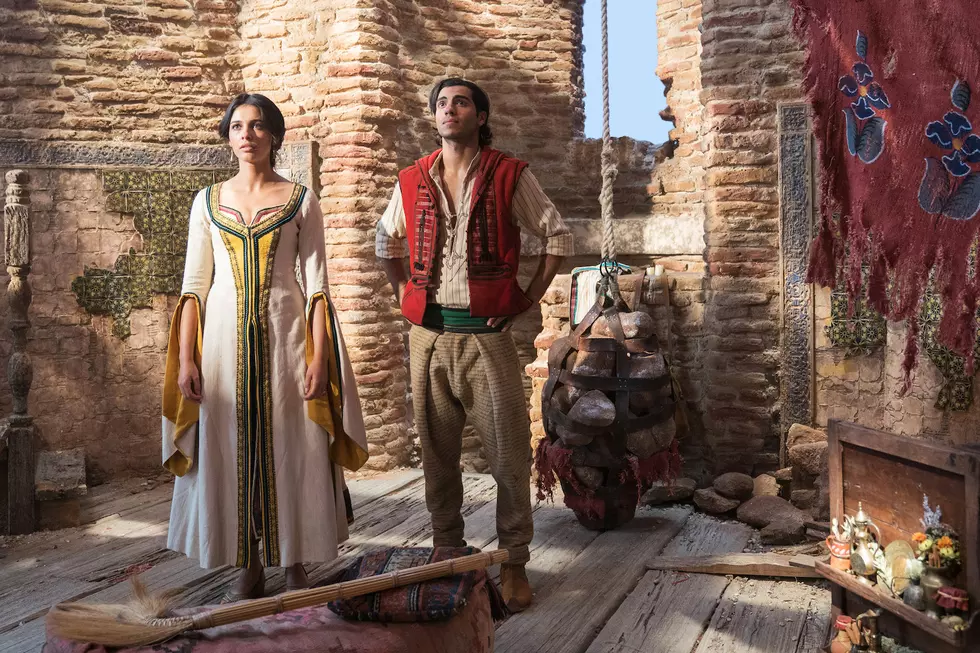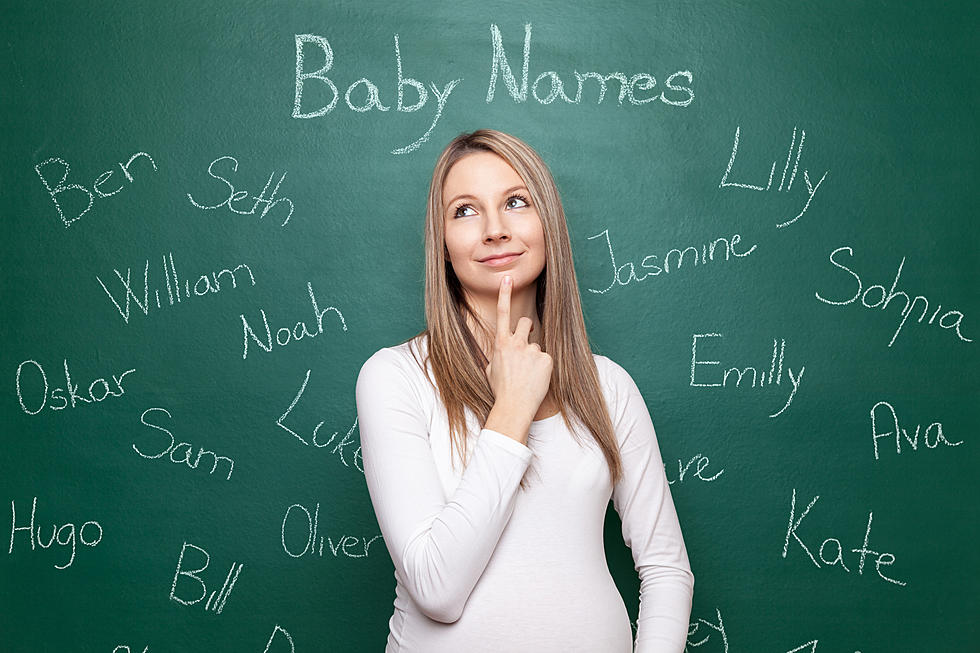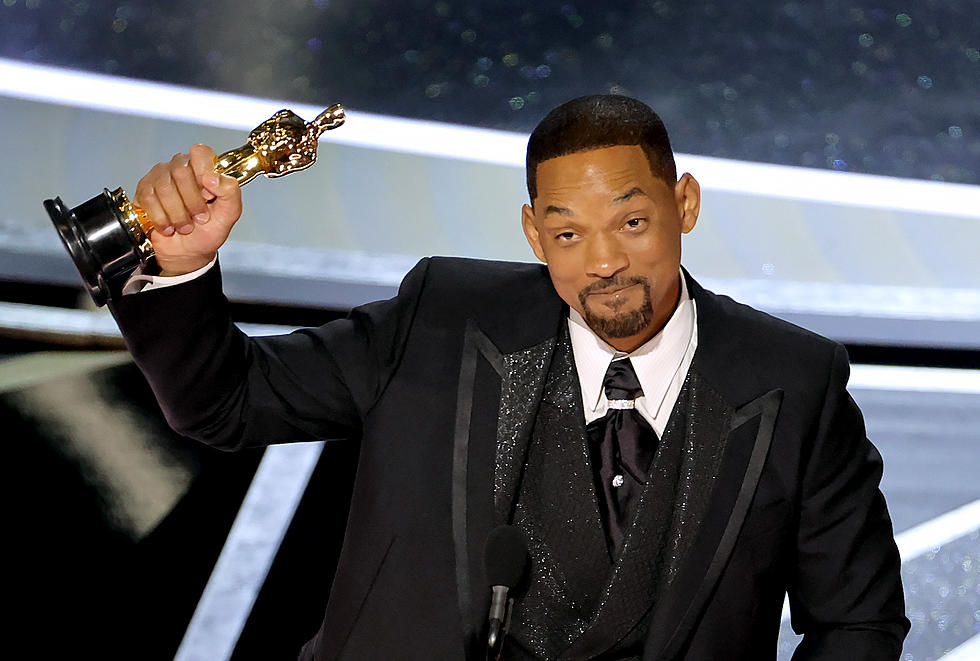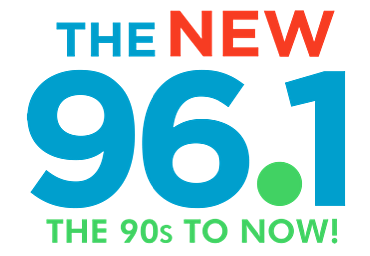
Every Disney Live-Action Remake Has the Same Problem
Early in the live-action remake of Disney’s Aladdin, the lovely Princess Jasmine (Naomi Scott) is introduced to a prince from a faraway land who has come to her home, the Middle Eastern kingdom of Agrabah, in the hopes of winning her hand in marriage. Jasmine is less than thrilled to be a prop in a male visitor’s hopes of ruling her land, but she has to put on a brave face to please her father, the kindly Sultan (Navid Negahban).
Played by Billy Magnussen, this prince carries himself with a goofy, foppish air and silly Scandinavian accent; he is essentially a variation of a snotty prince who insults Aladdin in the 1992 animated film. Magnussen has all of five minutes of screen time. Even so, he’s instantly memorable and weird and distinctly different from anything in the original film. I’m not sure what movie Magnussen came from, but I immediately wanted to watch it instead of nu-Aladdin, a remake that has to echo a story we know and present something different all at once.
The broad strokes of nu-Aladdin are the same as in the 1992 film: There’s a heroic homeless kid (Mena Massoud) who winds up in a mysterious cave with a magic lamp whose sole denizen, a blue Genie (Will Smith), can grant him three wishes. The kid goes back home to impress Princess Jasmine, falls in love, runs up against a nasty sorcerer, and eventually wins the day.
Not everything that occurs amidst those broad strokes is the same, naturally. This time around, the Genie has a human love interest in the form of Jasmine’s handmaiden (Nasim Pedrad), who he pursues while Aladdin and Jasmine are playing hooky on their magic carpet. The menacing Jafar (Marwen Kenzari) has a sketched-in backstory that turns him into a twisted mirror image of Aladdin; he was once a street rat once himself. (This version of Jafar is largely humorless and personality-free, but the choice to make him a former street rat is one of the new film’s few intriguing ideas.) And now Jasmine has her sights set on being the next Sultan, not just marrying for love.
But each of those differences is superfluous and immaterial, because no matter how hard co-writer and director Guy Ritchie tries, this movie always has to repeat what the animated film did. It’s the same problem that plagued remakes of Dumbo, The Jungle Book, and Beauty and the Beast; there’s only so much you can do differently in remaking material that people have loved since they were children. To varying degrees, these films have made money (though Dumbo is the closest to an outright flop of the bunch). Audiences love the originals. They go to revisit the classics.
So yes, the remake of The Jungle Book can be a bit more intense than the 1967 animated film, but you’re still going to have to see Baloo sing “The Bare Necessities”. Yes, a new Dumbo can be weird and baffling in a Tim Burton-y way, but you’re still going to see a faux-hallucinatory group of pink elephants dancing around. And yes, the 2017 Beauty and the Beast can present Belle as a scientist in the making, but you’re still going to see a dancing candlestick invite her to a showstopping dinner in a Beast’s castle. In essence, you’re still going to see everything the animated films already did, this time with CGI instead of hand-drawn animation to both imply photorealistic effects and inadvertently prove why photorealistic effects can’t match the skill of hand-drawn animation.
What’s most vexing about these remakes is the fact that they’re not retelling perfect stories. To date, the best remake of an older Disney film is Pete’s Dragon, based on a 1977 film that mixed live-action and hand-drawn animation. Because the first Pete’s Dragon doesn’t have a massive built-in fanbase, director David Lowery was free to tell his own version of the story; keeping just the basic premise of a kid in the woods with a friend who happens to be a dragon. The result was a touching, emotional film that’s been unequaled among the other remakes.
There were places the new Aladdin could have improved upon the animated version. The 1992 Aladdin was rightly criticized for its representation of Middle Eastern culture, from its character design to some song lyrics that read as being outdated if not outright racist. Instead of making major changes to the concept, it regurgitates or condenses the material to hit the same beats we all expect. Some of the changes Ritchie does make are inexplicable. In the song “Prince Ali,” the line “Heard your princess was hot/Where is she?” is now “Heard your princess was a sight/Lovely to see”.
Though Aladdin is predicted to do better at the box office than Dumbo, we’re only a couple months away from what will almost certainly be Disney’s most successful remake, The Lion King. Regardless of its almost guaranteed success, it will almost certainly share the same issues as all these other remakes. Despite the intensely photorealistic designs, the marketing leans on familiar songs and images to convince viewers it won’t be too different. (I just can’t wait to…see what it looks like when photorealistic animals sing “I Just Can’t Wait to be King”.)
That’s because, really, these remakes can’t be that different. When your built-in audience holds onto the animated films as childhood mementos, there’s only so much you dare shift, lest you tamper with those beloved memories. Herein lies the unsolvable conundrum. On one hand, the film can’t diverge too much from its source material, because nostalgic audiences pay to see the big moments, songs, and sequences that they remember. On the other hand, the people tasked with making these films need to do also give viewers things they don’t expect, even if only briefly. They’re like Aladdin in the Cave of Wonders: Trapped in a no-win situation.
Gallery — The Worst Disney Sidekicks:
More From The New 96.1 WTSS










